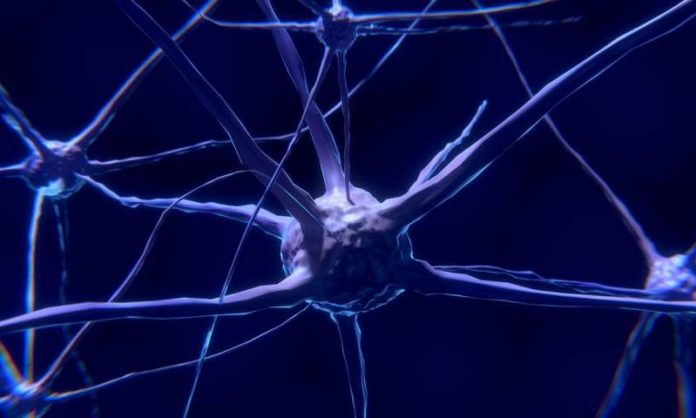A group of scientists at the University of California has recently devised a new type of neural network that operates on light instead of electricity. Dubbed as a diffractive deep neural network, or more succinctly, D2NN, the neural network could be used in dedicated devices for applications that require speed—such as picking faces out of a crowd of moving people.
To build this system, scientists made little plastic plates printed utilizing a 3-D printer. Each plate represented to a layer of virtual neurons—and every neuron could carry on like its biological counterpart by either transmitting or reflecting incoming light. In their illustration, they utilized five plates fixed up close and personal with a little space between them.
While processing requests, a laser emits light towards the first plate and then passes to a second, third, fourth and fifth sequentially. In this way, the system reveals the information about an object placed in front of the device. A sensor at the back read the light and interpreted what was found.
During testing, scientists made a physical neural network able to recognize the numerals zero through nine, and then to report what it found. In practice, the system was shown a number on a display and responded by identifying the number and then displaying it using the sensor.
The system was fed 55,000 images of numbers that had been scanned. This learning phase required the use of electricity as it ran on a computer that fed the system the data. In testing their system by showing it thousands of numbers, the researchers report that it was approximately 95 percent accurate.
The research is published in the journal Science.
